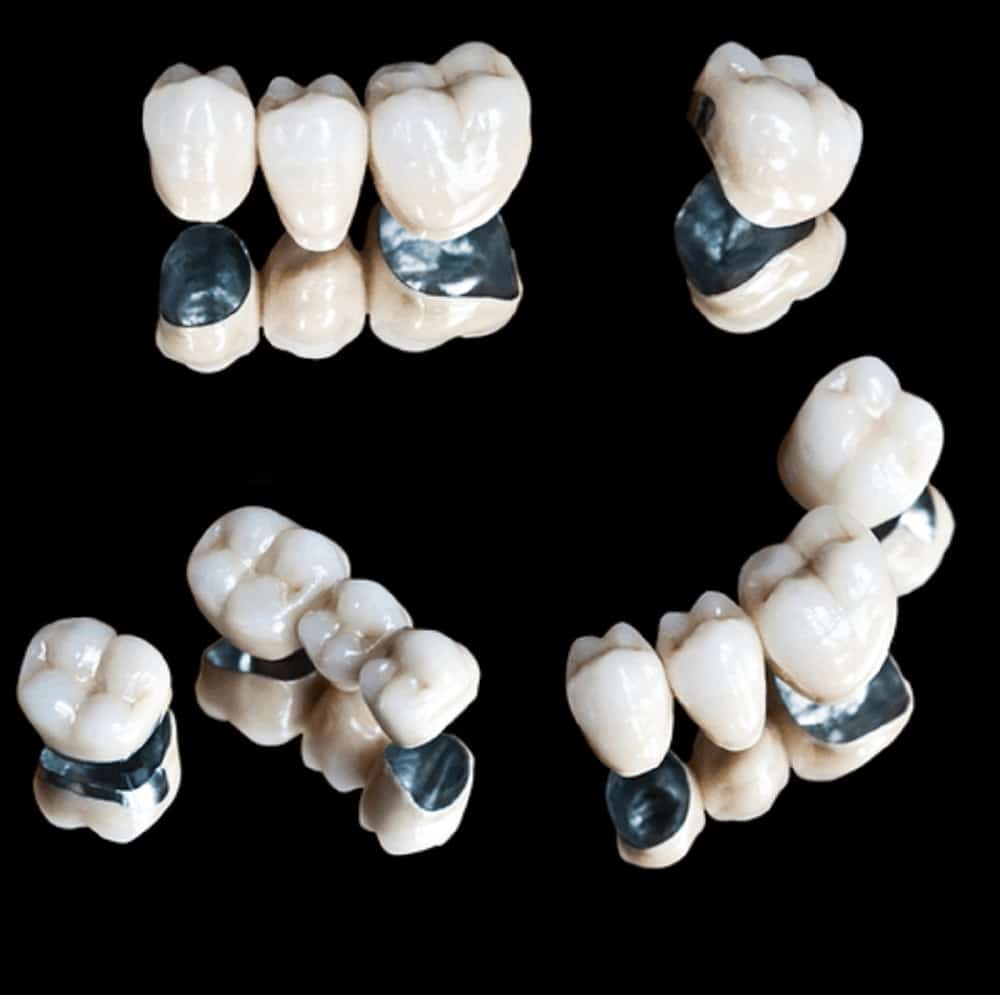Dental crowns can restore teeth that have become cracked. Additionally, they are used after root canal therapy or when a large portion of a tooth has been removed to strengthen and protect it. Different from a veneer, a dental crown in Forest Lake is placed around a tooth– like a cap, offering the strength and durability you need to bite down normally.
There is a range of materials used to fabricate dental crowns. They are as follows: all-metal, porcelain-on-metal, all-porcelain, and gold. How do these materials compare? Well, all-metal crowns are the most durable. Porcelain-on-metal crowns have a natural appearance and offer durability. All-porcelain crowns are the most natural-looking. Lastly, gold crowns provide lower reactivity compared to metals that can irritate delicate mouth tissues. With that said, each material has advantages and disadvantages. For example, metal crowns have been known to last for up to 40 years. This means a metal crown may be your best option if you are looking for a long-term and no-hassle solution.
Your dentist will make recommendations based on your teeth and what you are trying to accomplish.
If you are interested in dental crowns near you or are scheduled to receive a dental crown, you will want to learn about the process. Continue reading to learn how your dentist applies dental crowns. Staying informed will prepare you for what to expect during your next dental visit.
Step 1: Preparing Your Tooth:
Your tooth must be prepared before your dentist in Forest Lake can place a dental crown. This generally involves removing a portion of your tooth, so that your crown will fill around it. The crown type that requires the least amount of tooth removal is metal crowns.
Step 2: Wearing a Temporary Crown:
To protect your tooth, you will require a temporary crown. Your temporary crown will be secured using glue. As a result, it will not be as strong as your permanent crown, which means you will need to be cautious when it comes to eating anything that can cause it to loosen (hard or sticky foods). If your temporary crown does loosen, you will need to visit your dental clinic in Forest Lake as soon as possible.
Step 3: Creating Your New (Permanent) Crown:
Once a mold has been taken of your teeth, your dentist will send it to a dental laboratory. They will use this mold to create your custom crown. Your crown will fit around your tooth, the ridges on the top and bite perfectly.
Step 4: Installing Your Crown:
When your permanent crown is ready for installation, your dentist in Forest Lake will remove the temporary crown. Before placing the new crown, they will clean the area. Before the crown is attached, a minor adjustment will be made. Next, they will secure the crown to your tooth using glue and bond it into place. Your crown will be durable and strong–allowing you to eat normally again.
After-Care
Potential Complications
In some cases, a crown may not perfectly fit your prepared tooth. This is an uncomfortable experience, be sure to inform your dentist as soon as you notice. Also, a crown can come loose, when this occurs bacteria and food particles become lodged in between the tooth and crown. If your crown becomes loose or if you observe an unpleasant odour coming from the area, contact your dental clinic in Forest Lake.
Replacing Your Crown
On average crowns last for seven years. If your crown becomes damaged during this time frame, your dentist might be able to correct it without replacing it, if it is a porcelain crown.
Dental crowns are a practical option for strengthening and repairing your teeth. To learn more about how this restorative procedure can benefit you, schedule a consultation at your dental office in Forest Lake.

